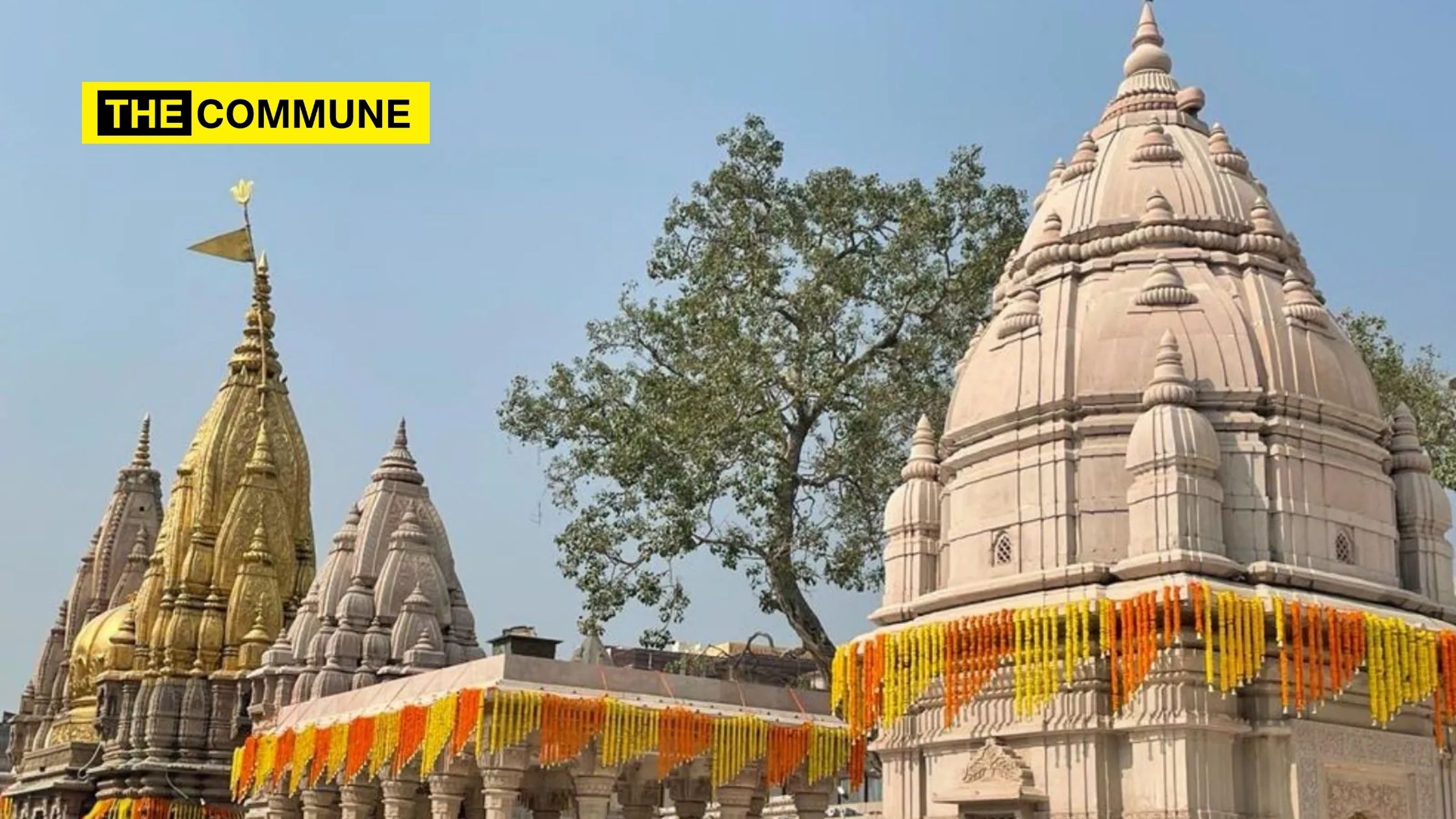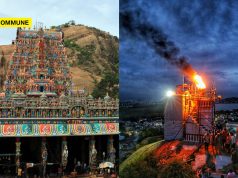
Three years ago as I landed in Kashi in March 2019, it stood at the crossroads of time. It was just a few days after Prime Minister Narendra Modi had laid the foundation for the Kashi corridor project.
The space which would eventually turn into the corridor was half a pile of rubble and half old and unkempt buildings that made it look like anything but the extended praangan of one of the most powerful and important Hindu shrines.
There were workers clearing what had now been reduced to dust and there were those who said ‘their lives were being trampled upon’.
But those working on the project spoke of its future form in terms of what all this was truly worth: the ease with which devotees will be able to take a dip in the Ganga and walk straight to see Vishwanath, their divine aura and devotion undisturbed and post-darshana too soak in the experience in a space and ambience conducive for ‘bhakti’.
At that time, it sounded all too utopian, given the grime around and the lanes outside of the arena of the corridor project still giving a glimpse of what it had to ‘undo’.
But there was one large image that was on a wall that came across as a huge reassurance: that of Maharani Ahilya Bai Holkar.
On a wall of a brick structure that faced a mosque, the poster had an image of Ahilya Bai Holkar holding a Shivalinga on her right palm, her left hand from below her ghoongat gently supporting it, and the flower offered atop it.
Next to it was text that read ‘Maharani Ahilya Bai Holkar — Restored the temple to its present form in 1780’.
It was as if she was watching the work that was underway. For it was she who not just built the current standing structure, but also revamped the ghats of Varanasi – both the Dashashwamedh as well as the Manikarnika ghat.
It was she who had envisioned and led the revival and reconstruction of various Hindu shrines and sites across the country from Gaya to Gangotri to Rameshwaram.
And three years since then, as I strolled up the Lalita ghat last month on the occassion of Dev Deepavali, and entered the corridor, the sight that greeted me felt like the project had accomplished not just what it intended to but also much beyond it.
It was a sense of civilisational relief for any Hindu – that between Ganga and Vishwanath stood just an inviting stretch, the corridor.
It was moving to watch the garlanded Rani Ahilya Bai Holkar sit glistening in stone and watching over pilgrims posing in front of her statue for selfies and pictures.
Thousands of pilgrims had passed by her statue that one day itself as they queued up to see Vishwanath and hundreds sat around post darshan simply absorbing what they had experienced, waiting, resting and just being there.
The pilgrims had queued up at the first security check after having deposited their phones and valuables and had the replica of the main shrine, the Chandragupta Mahadev Mandir for a backdrop.
Also known as the Manokameshwar Mahadev temple as according to a legend the deity fulfils the wishes of the devotees. Its transformation itself looked like the shrine had got one of its own fulfilled to begin with.
There were water filters for the thirsty, clean washrooms, locker rooms and a large expanse of pleasantly cool pink stone corridor for the pilgrims to simply rest.
And it is constantly being cleaned, is manned round the clock with security and almost leaves no room for fleecing by middlemen who earlier could make it hassle for those who sought to access Vishwanath.
People are much at ease and that is no mean achievement given that on certain days the footfall is said to have crossed five lakhs too.
Of course, there are also clothes drying, old men and women lying down without a worry; the neem saplings are not yet large enough to shield them from the sun but the structure around these trees-to-be turned into seats and benches, hosting the tired feet and letting weary spines rest.
And why all of this is to be lauded is because anyone who has visited Kashi even five years ago, knows that even having your feet clean as you head to the shrine was almost next to impossible.
As one enters and watches hundreds of people queue up by the minute, especially on festive days, it is heartening to note that there is not a speck of dust.
The temple’s extended landscape is as it should be— clean, pristine and devotional. Not dirty, dung-laden unclean serpentine lanes, dingy rest houses, stray animals hovering around, open drains.
Ask locals what has changed for the city and its dwellers, and they list how ‘Kashi Vishwanath Dham has become the growth engine of Kashi’.
As a ‘Banarasi’ entreprenuer Shashi Kumar tweets quoting various news reports, ‘Over 7.65 crore devotees have visited the shrine and around 100 crore worth donation received in the last one year. Kashi has left behind Goa as the most popular destination of India’.
He added saying ‘Hotels in Kashi witnessed 124 per cent growth in the last one year with room tariffs going upto Rs 1 lakh on festive occassions. A record 12 lakh people visited Kashi on Dev Deepavali, and 5 lakh on new year day alone’ expressing gratitude on behalf of everyone in Kashi.
On its first anniversary, the project prepares for a grand celebration, almost on the scale of the Mahashivaratri—with the ‘baraat’ of Mahadev transforming the ancient town into his wedding venue. That is a befitting commemoration for an effort that has facilitated devotion and dharma like never imagined in recent times.
This article was originally published in Swarajya and has been republished here with permission.
Click here to subscribe to The Commune on Telegram and get the best stories of the day delivered to you personally.




